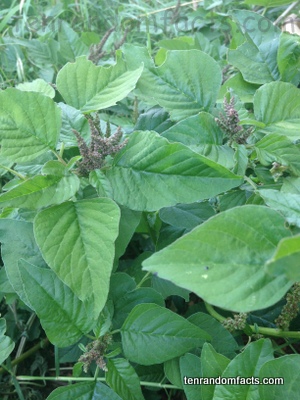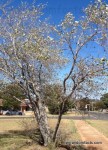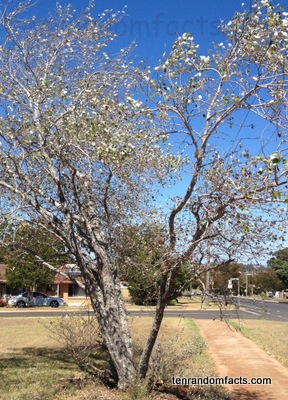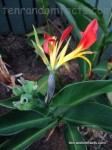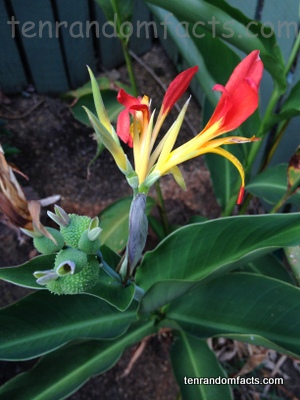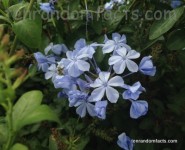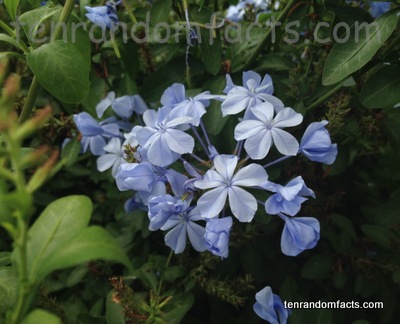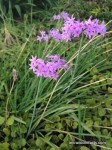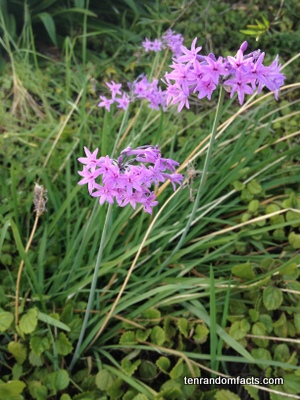
Golden rain trees are like gold.
- Golden rain trees are ornamental flowering trees that are deciduous and useful for shade.
- The scientific name of a golden rain tree is ‘Koelreuteria paniculata’ and it comes from the Sapindaceae family, the family of soapberries.
- Golden rain trees are native to Korea and China and typically grow to be 7 to 12 metres (23 to 40 feet) in height.
- ‘Golden rain tree’ is also known as a ‘china tree’, the ‘pride of India’, and ‘varnish tree’.
- Golden rain trees have small, yellow coloured, four petalled blossoms, that bloom in summer or autumn, which can cause golden carpets below the tree when they drop.
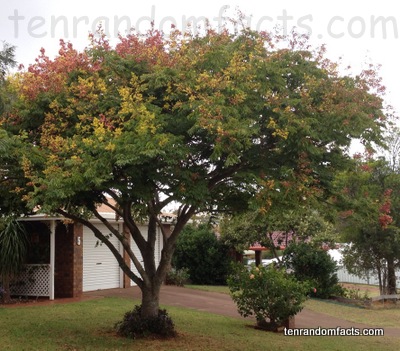
- Golden rain trees have coral or brown coloured paper-like pods that contain multiple dark coloured seeds, and ferny leaves that change colour at different stages.
- Golden rain trees are grown decoratively in many countries, but in Florida and neighbouring states of the United States, the trees are invasive.
- Golden rain trees grow best in sunny areas and can withstand droughts.
- Golden rain tree seeds and leaves can be eaten, roasted or cooked respectively, although they are not commonly consumed.
- Golden rain trees can be a source of yellow and black dye, and the seeds are sometimes used as a bead in jewellery making.




